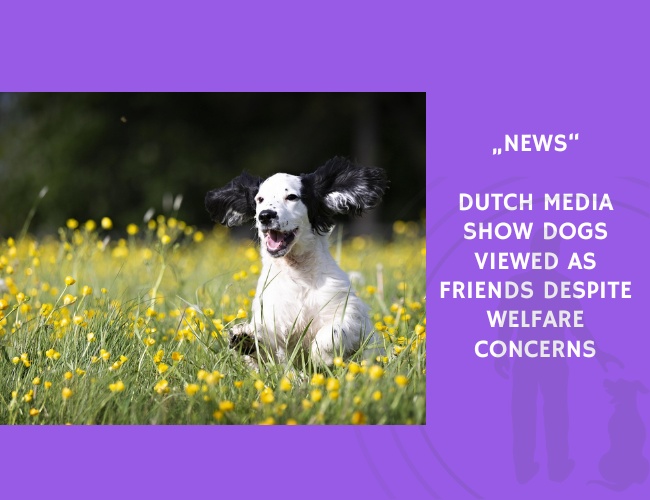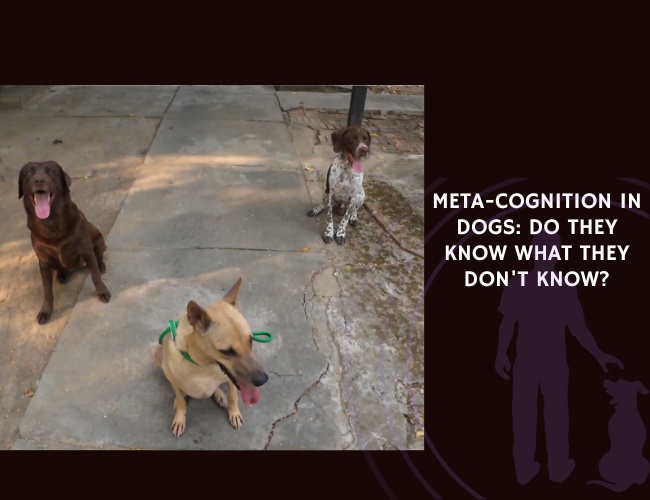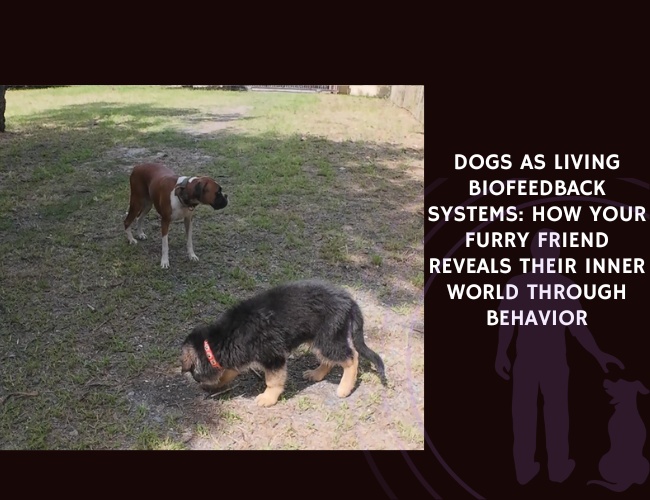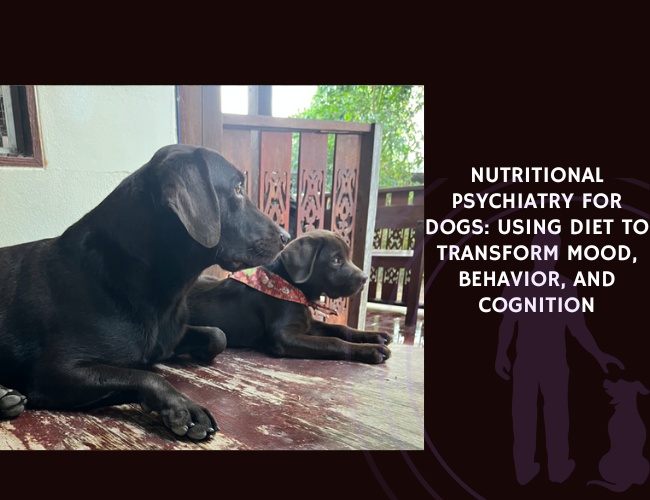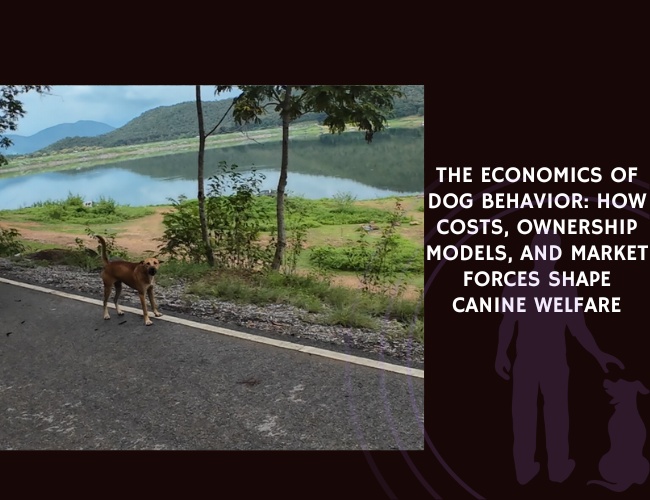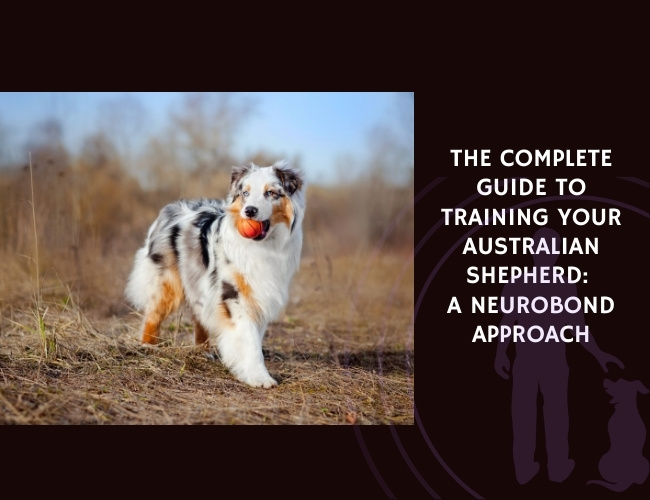S. Ophorst, N. Aarts, B. Bovenkerk, and H. Hopster (2023) published their findings in Society & Animals, examining how dogs are framed in Dutch newspapers and on Facebook. The study sought to understand public opinion as a first step toward addressing dog welfare challenges in the Netherlands, a densely populated country where human–dog interactions are frequent.
Frame analysis revealed that the dominant portrayal of dogs was positive, reinforcing the cultural view of dogs as “humans’ best friend.” A secondary but less pronounced frame positioned dogs as ordinary, everyday companions. By contrast, problematic aspects—including zoonotic disease risks, biting incidents, and hereditary health issues—were much less frequently represented in media discourse.
Interestingly, despite the dominance of positive portrayals, normative expectations around dog welfare were strong. Media narratives emphasized that the needs of dogs must be respected, that severe penalties should apply to those who mistreat them, and that dog keepers and living conditions are central to preventing welfare problems. This contrast suggests that while affection and loyalty dominate the cultural image of dogs, the “ordinary” framing may limit public awareness of hidden welfare risks.
The authors conclude that greater public engagement is needed to bridge the gap between the positive cultural image of dogs and the real challenges they face. Strengthening awareness of health, behavior, and welfare issues could support policy efforts and encourage responsible ownership without undermining the valued human–dog bond.
Source: Ophorst, S., Aarts, N., Bovenkerk, B., & Hopster, H. (2023). Dogs in Dutch Media: Exploring Public Opinion As A Step Toward Solving Dog Welfare Problems. Journal: Society & Animals. Publication Date: 2023-11-17. Authors: S. Ophorst, N. Aarts, B. Bovenkerk, H. Hopster.

